Washington
The C&O Canal’s forgotten Irish: cholera, faction fights, and federal troops
Published
3 weeks agoon
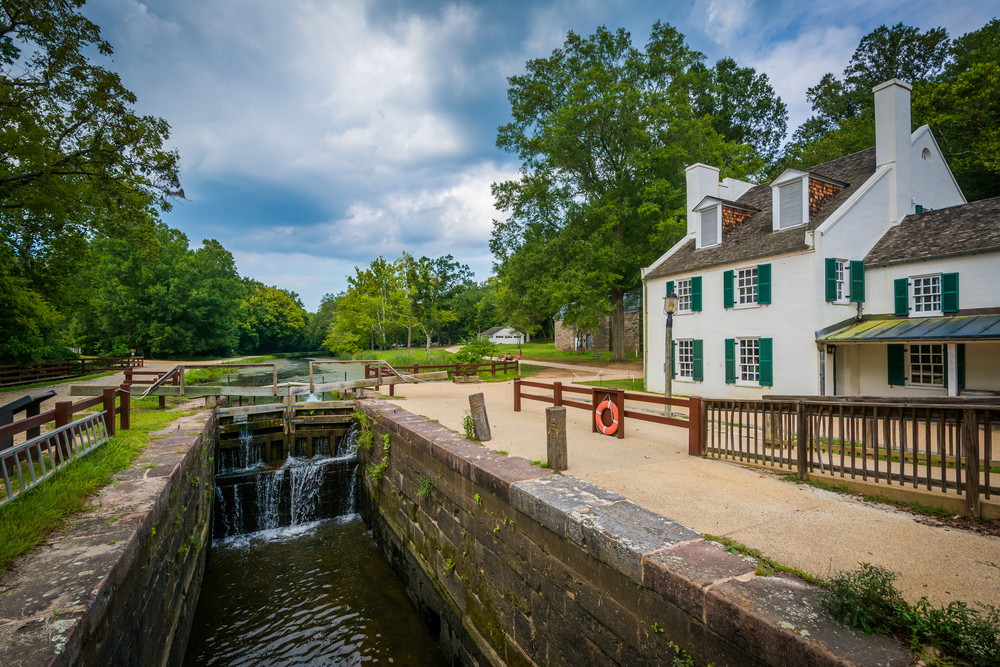
Irish Blood and Federal Troops on the C&O Canal
The C&O Canal was built on Irish blood and broken dreams. Thousands of immigrants dug ditches for 12 hours daily, earning just 50 cents plus whiskey.
They slept in crowded shanties, 20 men to a bunk. Then came the 1832 cholera outbreak near Harpers Ferry, killing dozens while locals kept their distance. When work picked up again, old feuds from Ireland boiled over.
Rival gangs—Corkonians from the south, Longfords from the north—fought brutal battles that left men dead with bullets through their heads. President Jackson sent in federal troops, a first in American labor disputes.
The canal’s dark history waits at Chesapeake and Ohio Canal National Historical Park, where St. Patrick’s Church still honors these forgotten men.
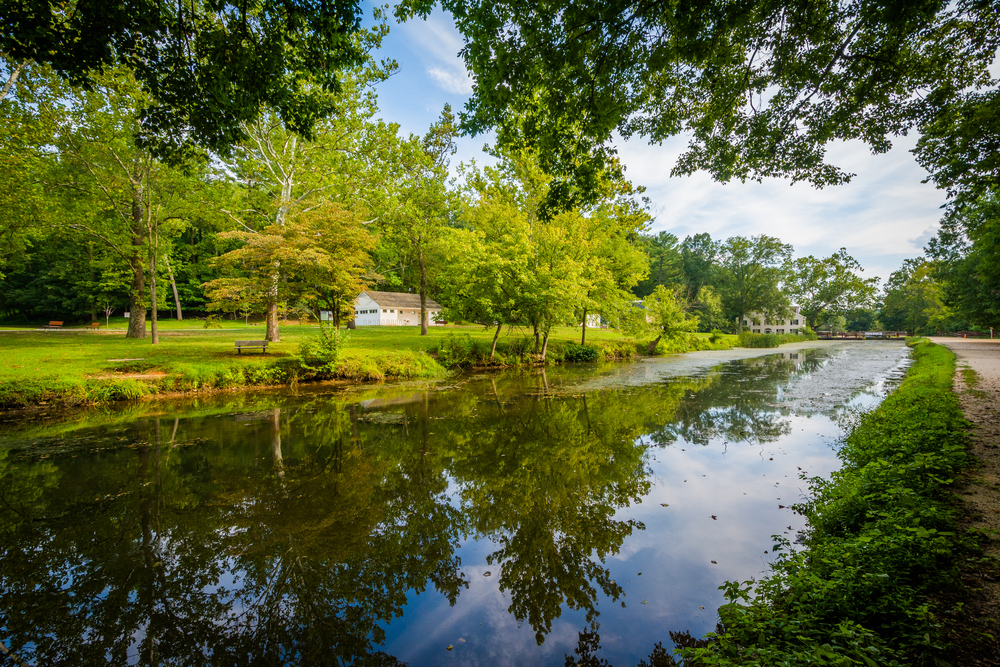
Irish Immigrants Dug the C&O Canal for Pennies and Whiskey
The C&O Canal started in 1828, creating a huge need for workers to handle the risky digging. Contractors brought over Irish immigrants, paying for their trip across the Atlantic.
These men shoveled dirt and rock for 12-15 hours daily, earning just 50 cents plus whiskey and basic meals. They lived in packed shanties where 15-20 men slept in each bunkhouse with almost no sanitation.
Workers started as indentured servants from Britain and Germany before shifting to Irish crews working for wages.
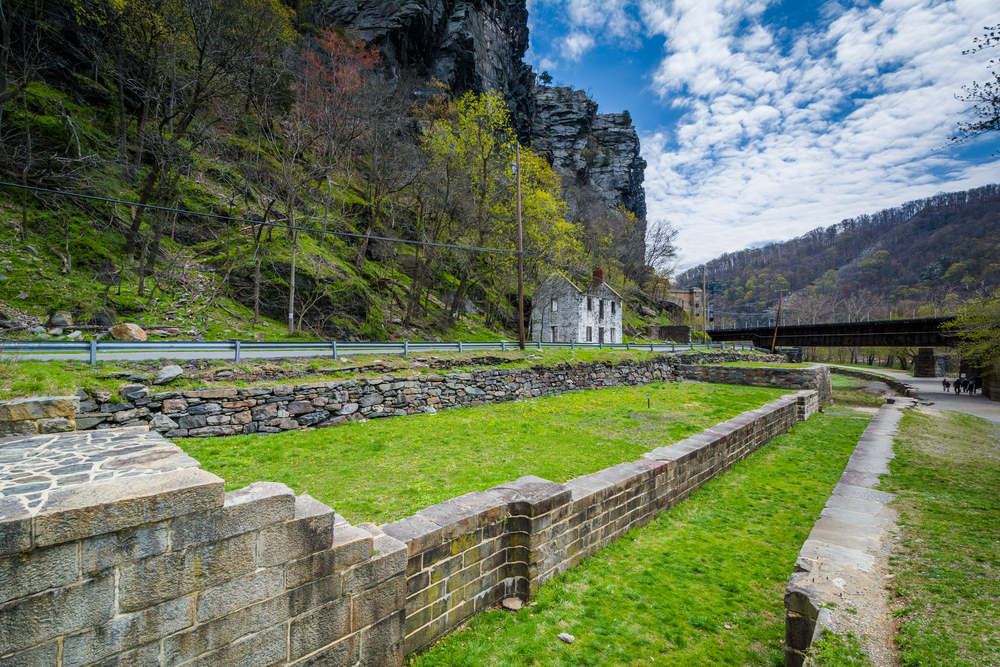
Deadly Cholera Swept Through Crowded Work Camps
Cholera hit the canal camps near Harpers Ferry hard in late summer 1832. The sickness tore through the dirty, crowded worker shanties where men drank bad water.
Dozens of Irish workers died within days, their skin turning blue-black as they lost fluids. Locals avoided the sick workers and likely forced them to stay away from their towns.
Fear spread faster than the disease as scared survivors quit their jobs and ran in all directions.
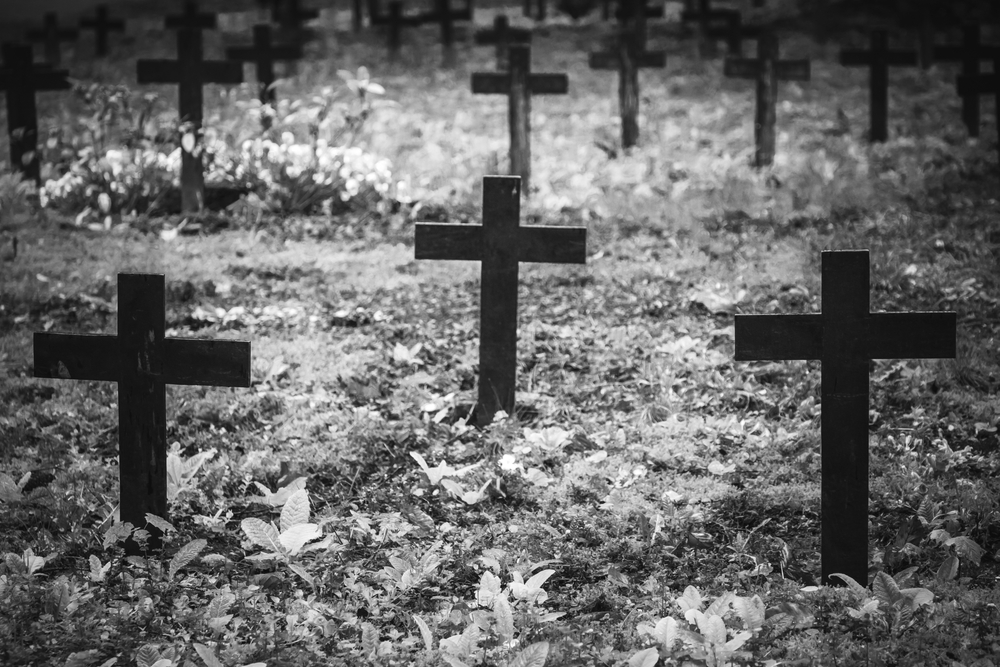
Work Stopped Cold as Death Toll Climbed
The C&O Canal became empty for months during the cholera outbreak.
Company officials rented log cabins near Harpers Ferry as makeshift hospitals, hiring any doctors they could find. Dead workers ended up in mass graves at spots like Hospital Hill in Williamsport and Shepherdstown.
The canal company struggled to find new workers as news about the deadly sickness spread along the planned route. Money troubles grew as building delays threatened the entire canal project.
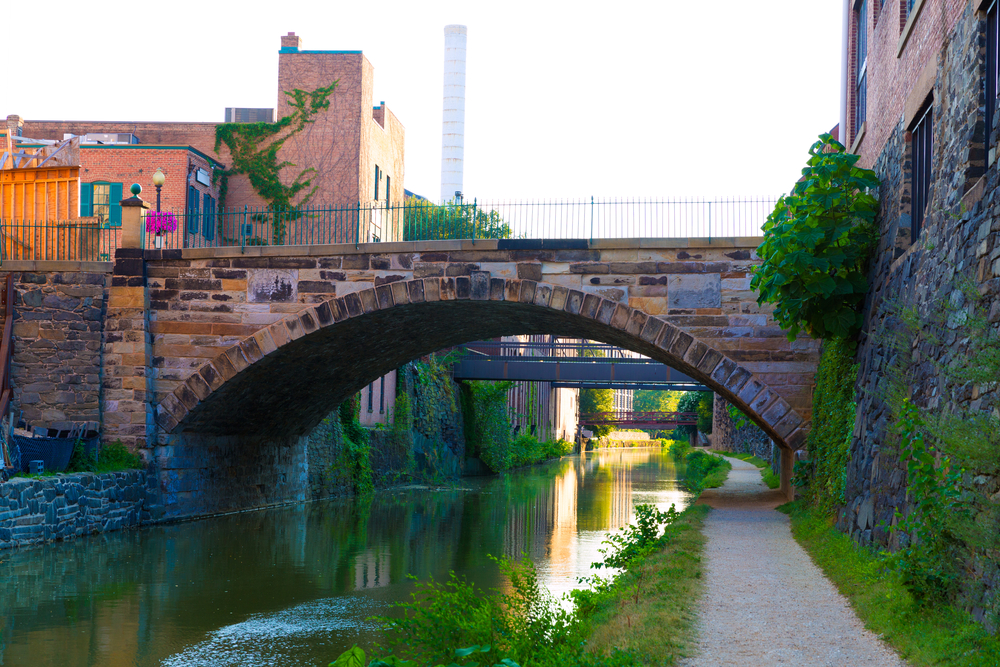
Rival Irish Groups Returned to Finish the Job
Work picked up again in spring 1833 with fresh Irish immigrants signing on for wages instead of as servants.
Two main groups formed based on their Irish roots: Corkonians from southern County Cork and Longfords (also called Fardowns) from northern counties.
These rival groups stuck with their own kind, with Corkonians gathering around Middlekauff’s Dam north of Williamsport while Longfords worked areas to the south.
Competition for limited jobs grew fierce between these groups with old homeland feuds.
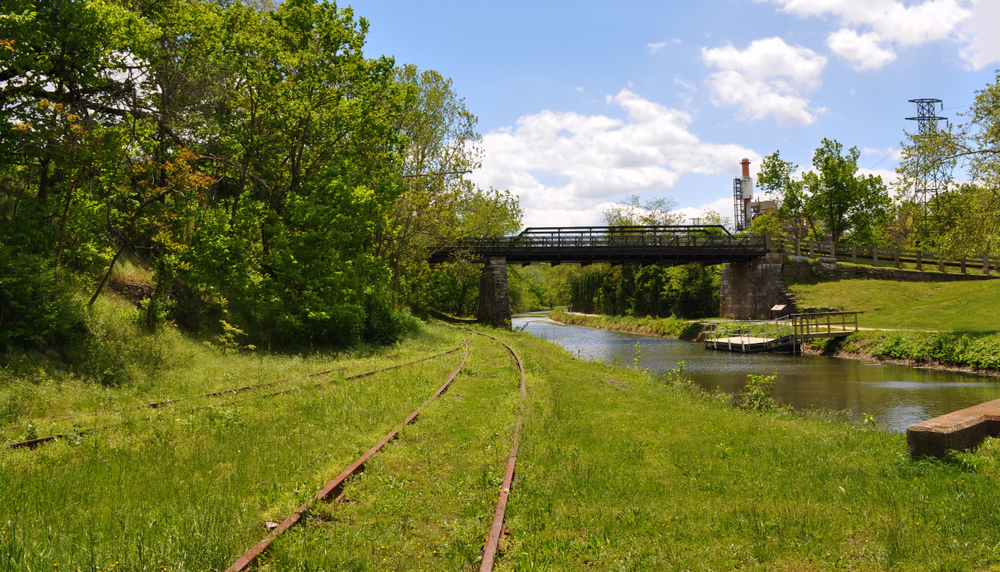
Tensions Boiled Over into Deadly Violence
Word spread in early 1834 that contractors had money problems, with some crews getting fired without pay.
The breaking point came January 16, 1834, when Corkonian workers attacked a group of Longford laborers near Williamsport and beat John Irons to death.
Longford workers went back to their shanties and planned payback, forming armed groups for revenge. Local sheriffs couldn’t control the situation as anger grew between the rival groups.
The situation showed how desperate men got when fighting for scarce jobs.
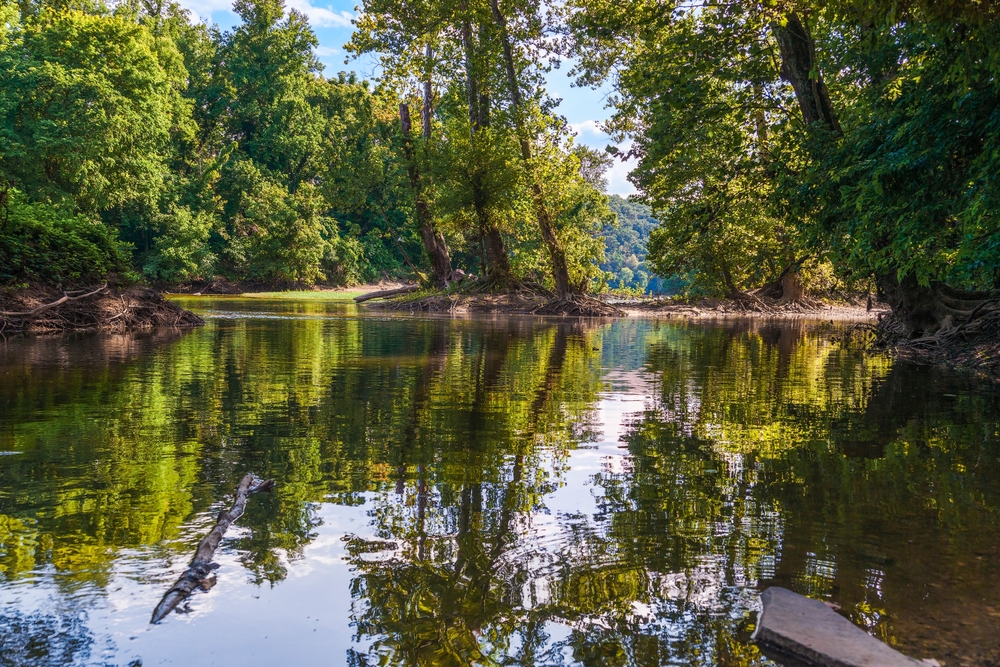
Revenge Came Swift and Brutal
Four days after the first killing, 200 Longford men launched a surprise attack on Corkonians working six miles south of Williamsport.
They badly hurt four or five men before mounted citizens led by contractor Patrick Ryan broke up the fight and caught over 50 attackers.
Officials locked up 35 prisoners in the Hagerstown jail, but the Longfords weren’t done with their revenge plan. Almost no work happened that week as violence disrupted everything and men got ready for more fighting.
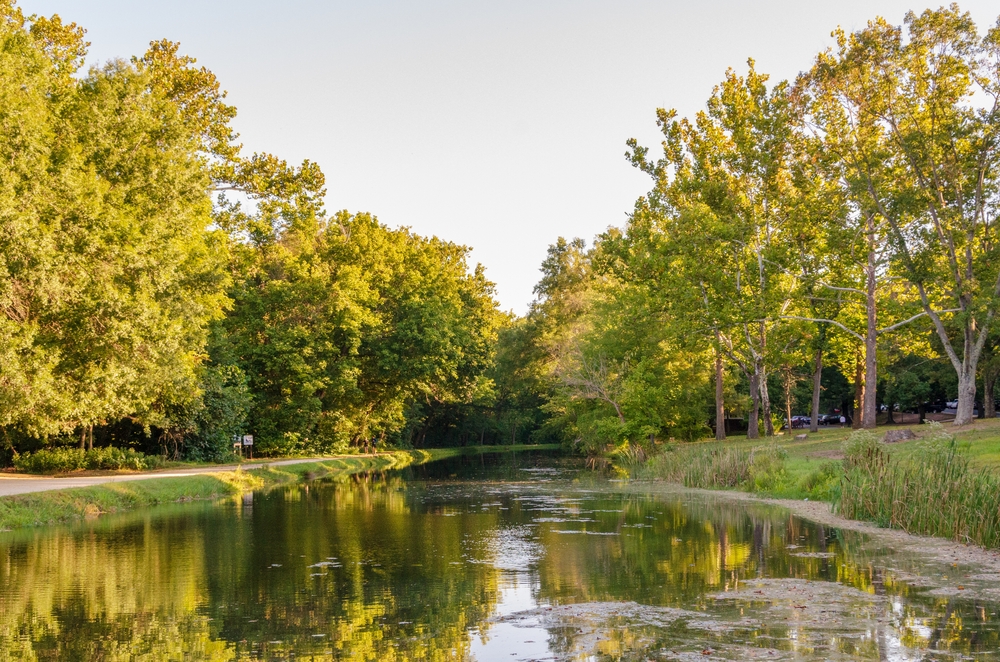
Hundreds Clashed in a Full-Scale Battle
The biggest fight broke out January 24 when more than 700 armed Longfords carrying guns and clubs marched against roughly 300 Corkonians.
They faced off at Middlekauff’s Dam where the outnumbered Corkonians took spots on a hilltop in battle formation.
Both sides shot at each other before the Longfords’ larger numbers forced the Corkonians to run for their lives.
Witnesses said the Corkonians ran through nearby woods where angry Longfords “hunted and picked off like wild game” any man they caught.
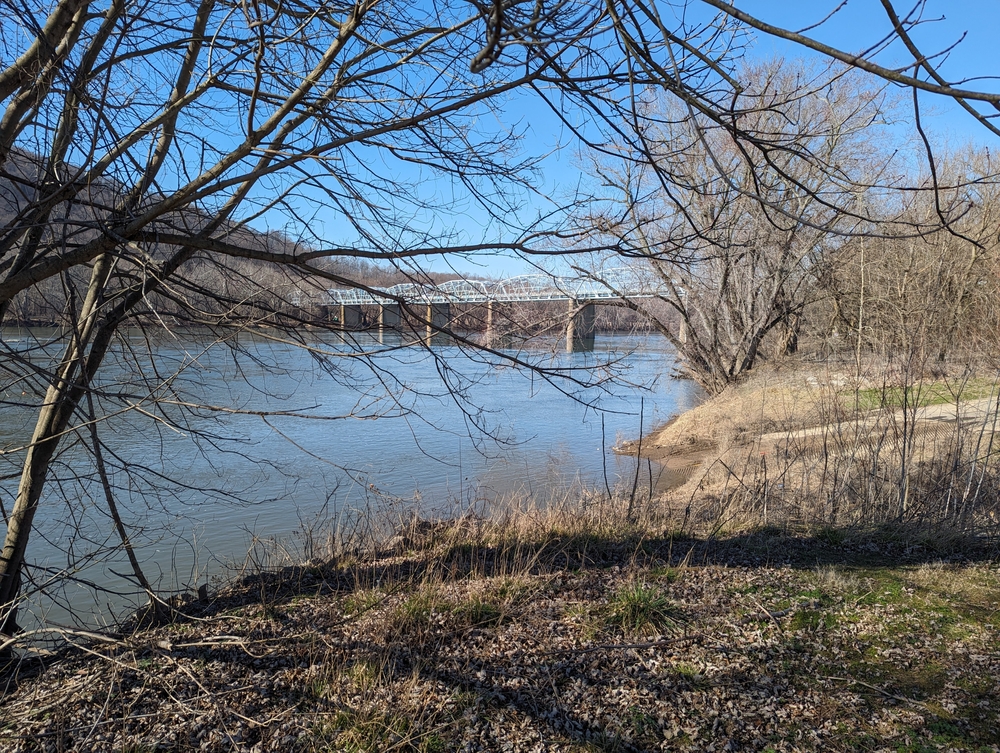
Bodies Scattered Across the Battlefield
The final count showed ten Corkonians killed, with five found shot through the head execution-style. Search parties found more dead bodies throughout the woods in the days after the battle.
Hurt Corkonians turned up all over the area, with reports showing all victims came from the losing side. The winning Longfords also destroyed the Corkonian shanty houses, leaving survivors homeless in the winter cold.
Maryland sent militia troops with the county sheriff to restore order to the bloody canal route.
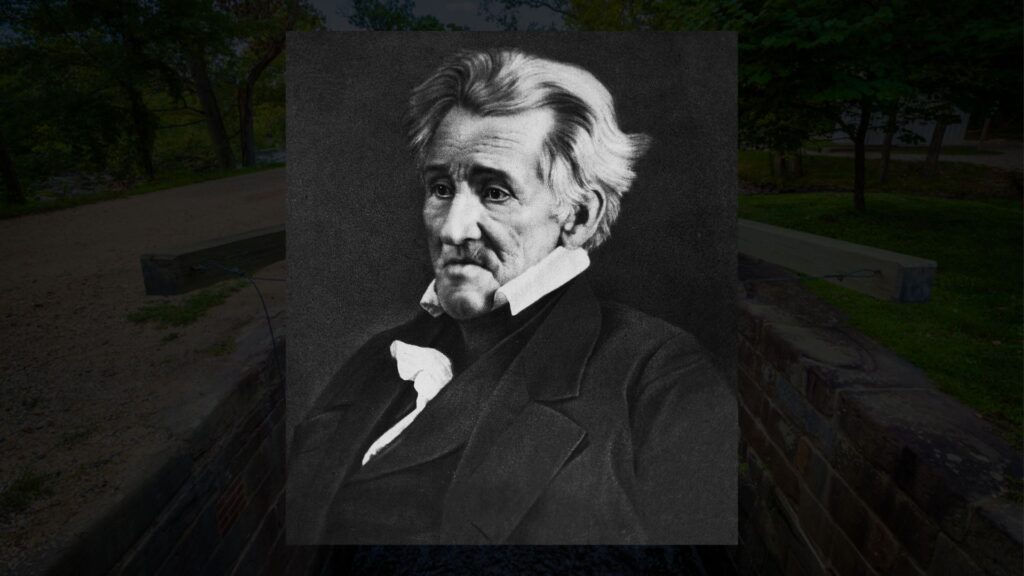
President Jackson Called in the Army
Andrew Jackson sent federal troops to the canal on January 29, 1834, marking the first time the U. S. government used military force to stop labor unrest. Almost 100 soldiers arrived over several days and stayed for nearly two months to keep peace.
Canal company managers got both sides to promise they’d stop fighting.
The company freed arrested workers back to their jobs because they needed the labor to keep construction moving.
John Eaton, the canal company president and Jackson’s friend, thanked the president for sending help quickly.
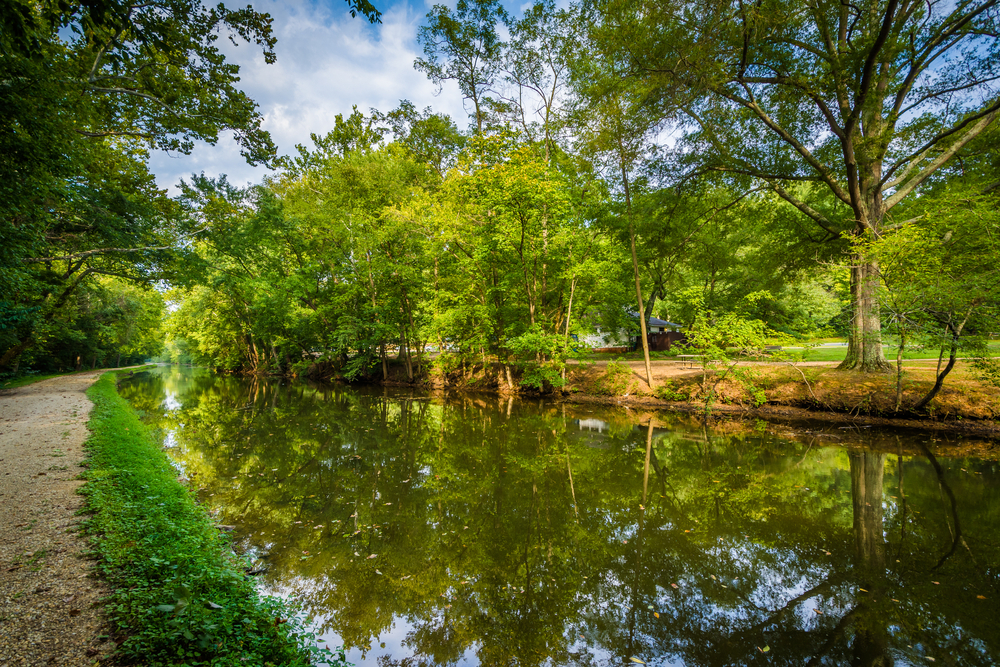
Fighting Continued for Years Along the Canal
The bloody riots of January 1834 proved just the beginning, as the C&O Canal saw at least 10 major fights between 1834 and 1840. The economic crash of 1837 made tensions worse as jobs became even harder to find.
Things got especially ugly in 1839 when Irish workers near Little Orleans attacked German replacement workers in a vicious assault.
State militia arrested several dozen men, with courts sending many to prison for up to twenty years for their part in the violence.
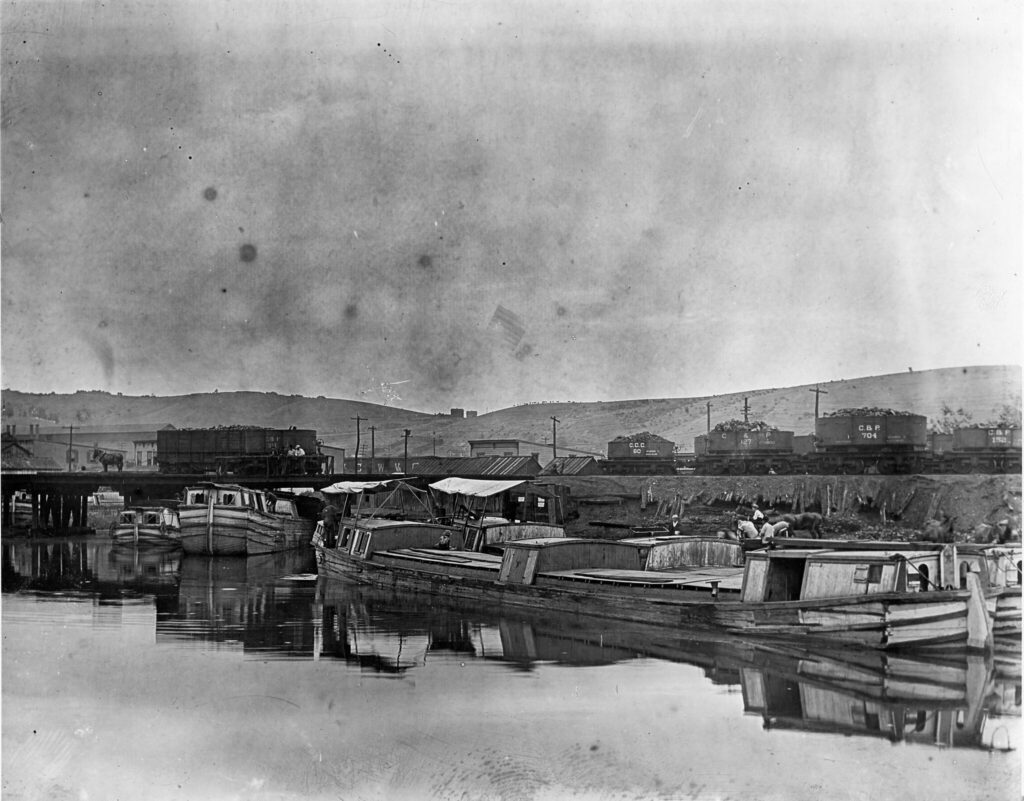
The First Time Uncle Sam Sided Against Workers
Jackson’s decision to send in federal troops created a pattern that business leaders loved and workers feared. Company owners now knew they could count on government help if workers caused trouble.
The C&O Canal never reached its planned destination, stopping at Cumberland, Maryland in 1850 instead of continuing to the Ohio River.
Stories about the Irish faction fights became part of local legend, often told with unfair stereotypes about the Irish workers.
The canal marked the first major clash between immigrant laborers and federal authority in American history, setting the stage for labor conflicts to come.
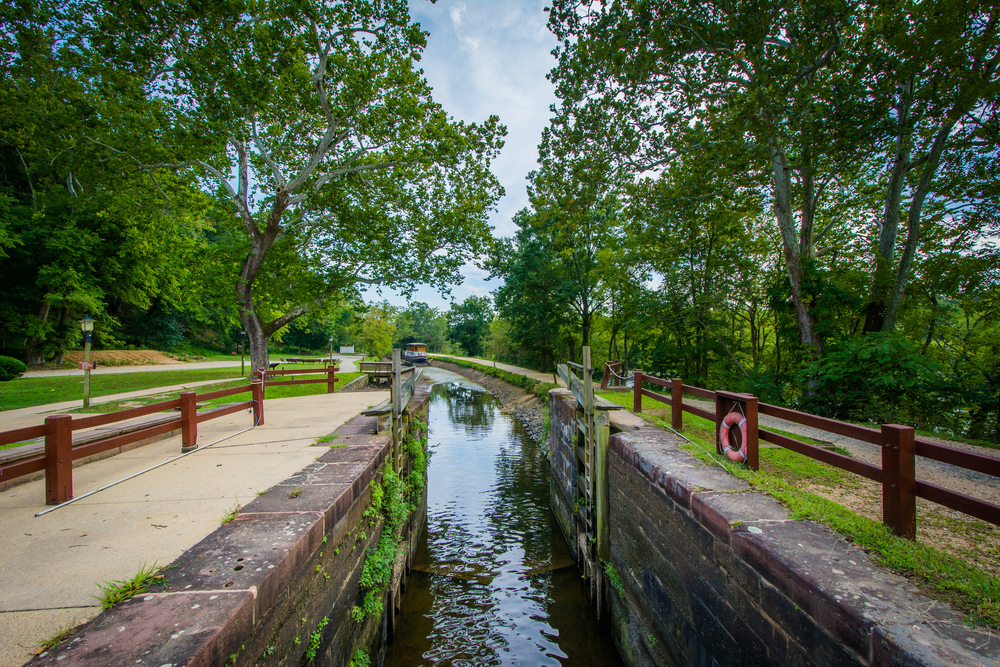
Visiting Chesapeake and Ohio Canal National Historical Park, Washington
The Chesapeake and Ohio Canal National Historical Park tells the story of Irish workers who built the canal while facing a deadly cholera outbreak in 1832 and violent fights between rival groups from 1834-1839.
You can walk the 184. 5-mile towpath from Georgetown to Cumberland for free, except at Great Falls where it costs $10 per vehicle.
Visit six centers along the route, including Williamsport’s restored Cushwa Warehouse where you can get free bike rentals with ID deposit.
This article was created with AI assistance and human editing.
Read more from this brand:
John Ghost is a professional writer and SEO director. He graduated from Arizona State University with a BA in English (Writing, Rhetorics, and Literacies). As he prepares for graduate school to become an English professor, he writes weird fiction, plays his guitars, and enjoys spending time with his wife and daughters. He lives in the Valley of the Sun. Learn more about John on Muck Rack.


Here Are 12 Things People from West Virginia Do That Seem Insane To Everyone Else

Here Are 12 Things People from Washington Do That Seem Insane To Everyone Else

Here Are 12 Things People from Virginia Do That Seem Insane To Everyone Else

New Mexico Albuquerque International Balloon Fiesta wrap-ups and fall arts

Mississippi Natchez Trace fall festivals and music events

12 Reasons Why You Should Never Ever Move to Florida

Best national parks for a quiet September visit

In 1907, Congress forced Roosevelt to put God back on U.S. coins. Here’s why.

The radioactive secret White Sands kept from New Mexicans for 30 years

America’s most famous railroad photo erased 12,000 Chinese workers from history
Trending Posts

 Pennsylvania3 days ago
Pennsylvania3 days agoHere Are 12 Things People from Pennsylvania Do That Seem Insane To Everyone Else

 North Carolina4 days ago
North Carolina4 days agoHere Are 12 Things People from North Carolina Do That Seem Insane To Everyone Else
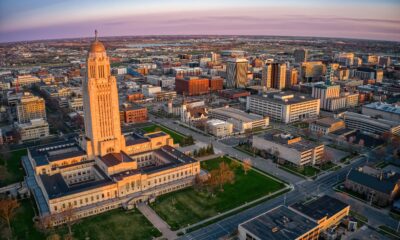
 Nebraska6 days ago
Nebraska6 days agoHere Are 12 Things People from Nebraska Do That Seem Insane To Everyone Else

 Maine5 days ago
Maine5 days agoThe ruins of a town that time forgot are resting in this Maine state park
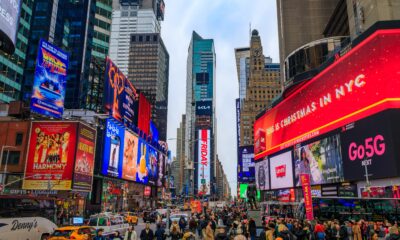
 New York4 days ago
New York4 days agoHere Are 12 Things People from New York Do That Seem Insane To Everyone Else
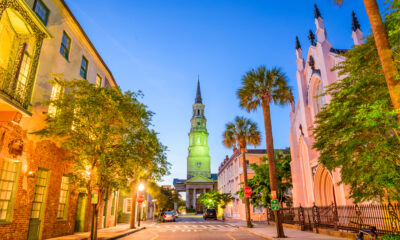
 South Carolina2 days ago
South Carolina2 days agoHere Are 12 Things People from South Carolina Do That Seem Insane To Everyone Else

 Ohio4 days ago
Ohio4 days agoHere Are 12 Things People from Ohio Do That Seem Insane To Everyone Else
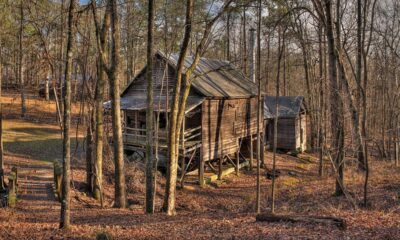
 Georgia5 days ago
Georgia5 days agoThis plantation’s slave quarters tell Georgia’s slowest freedom story
